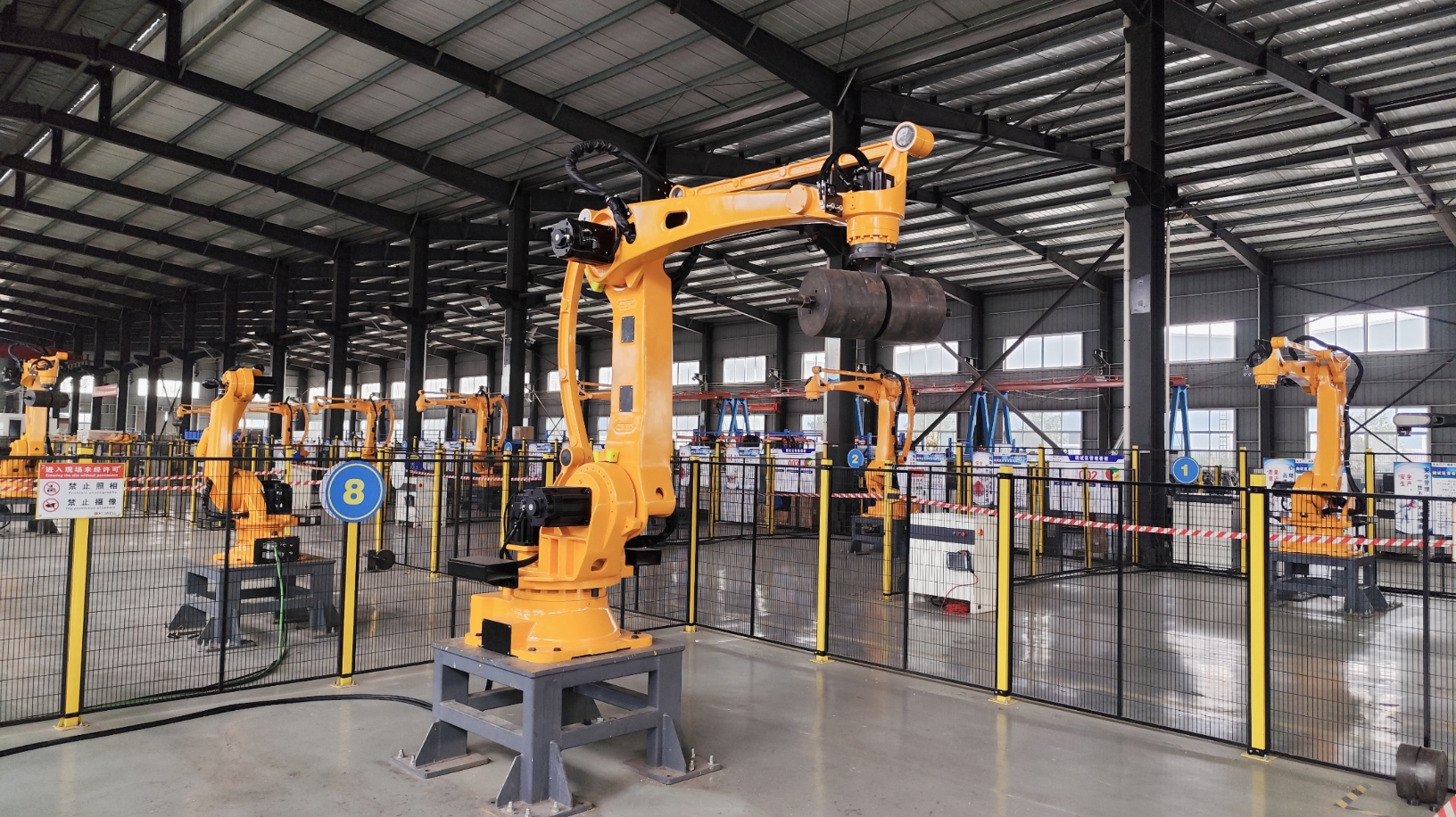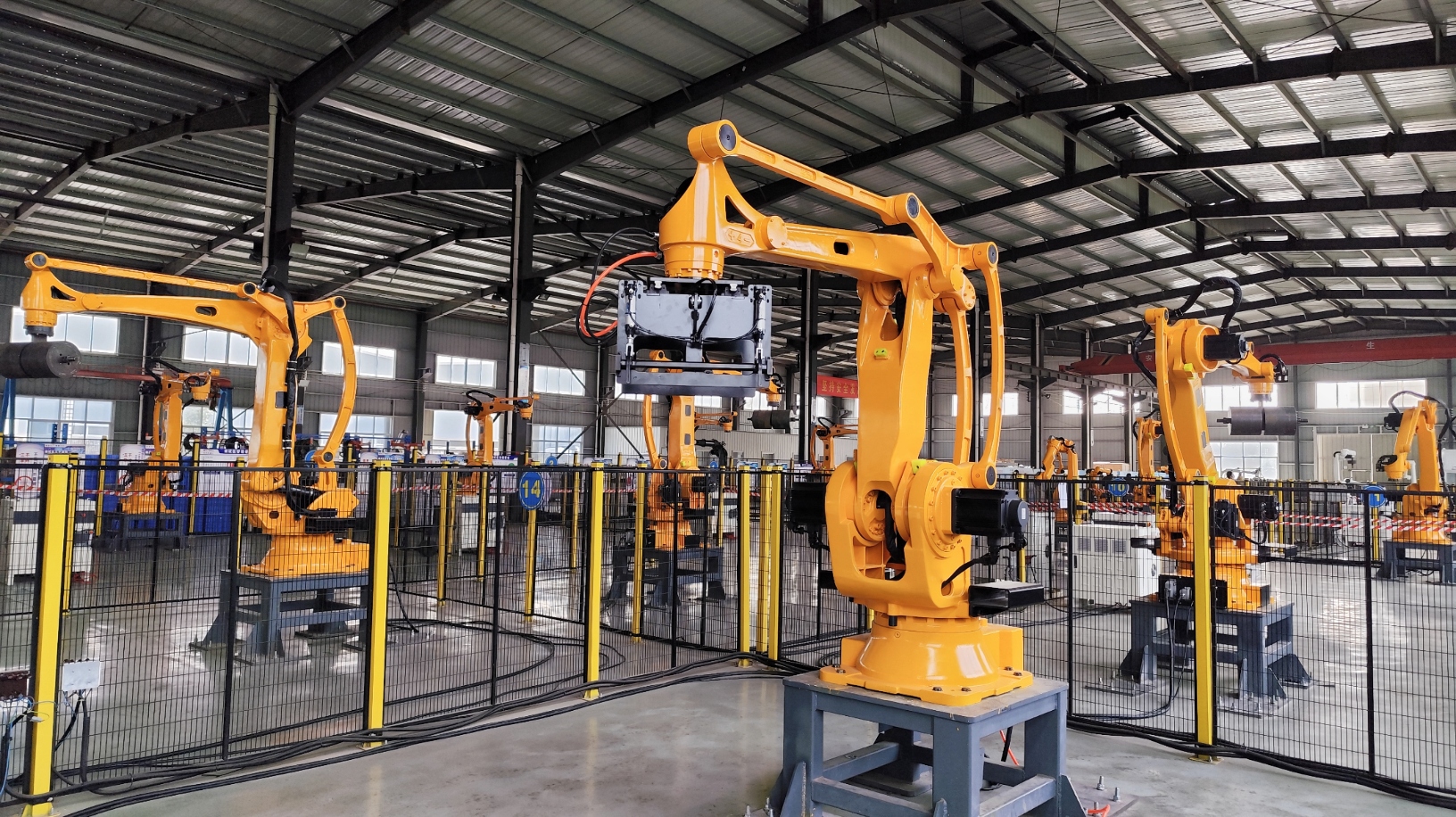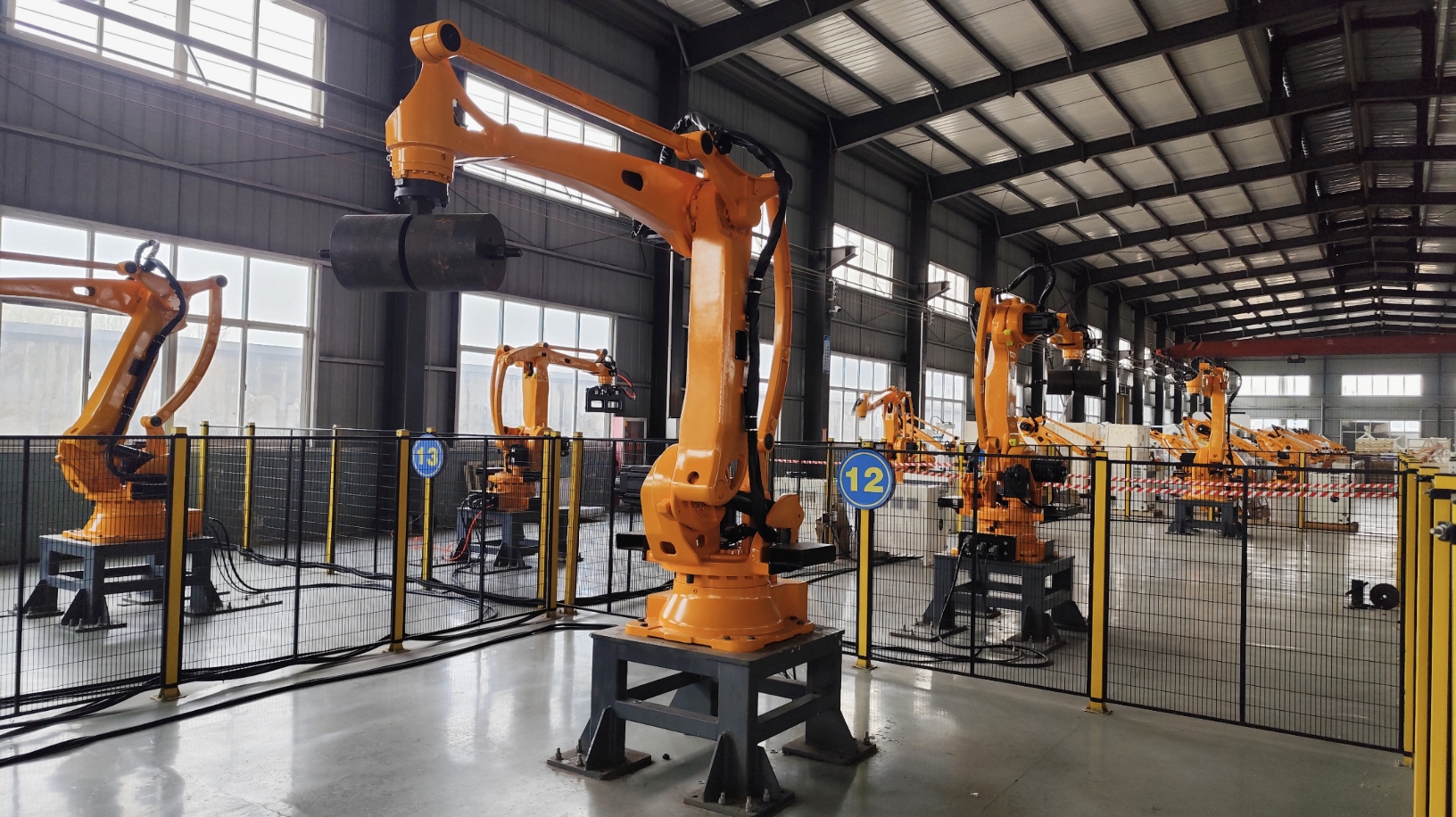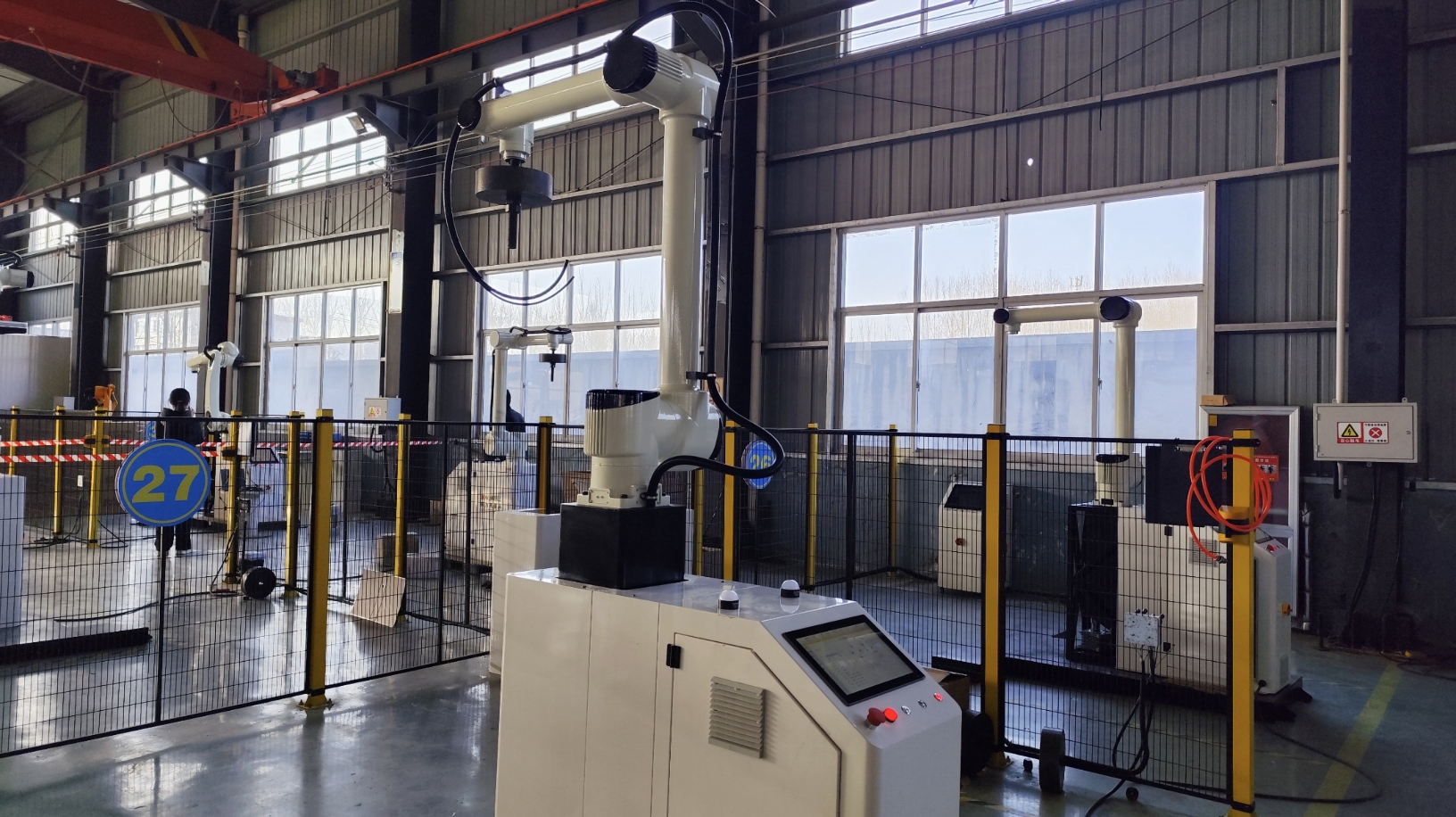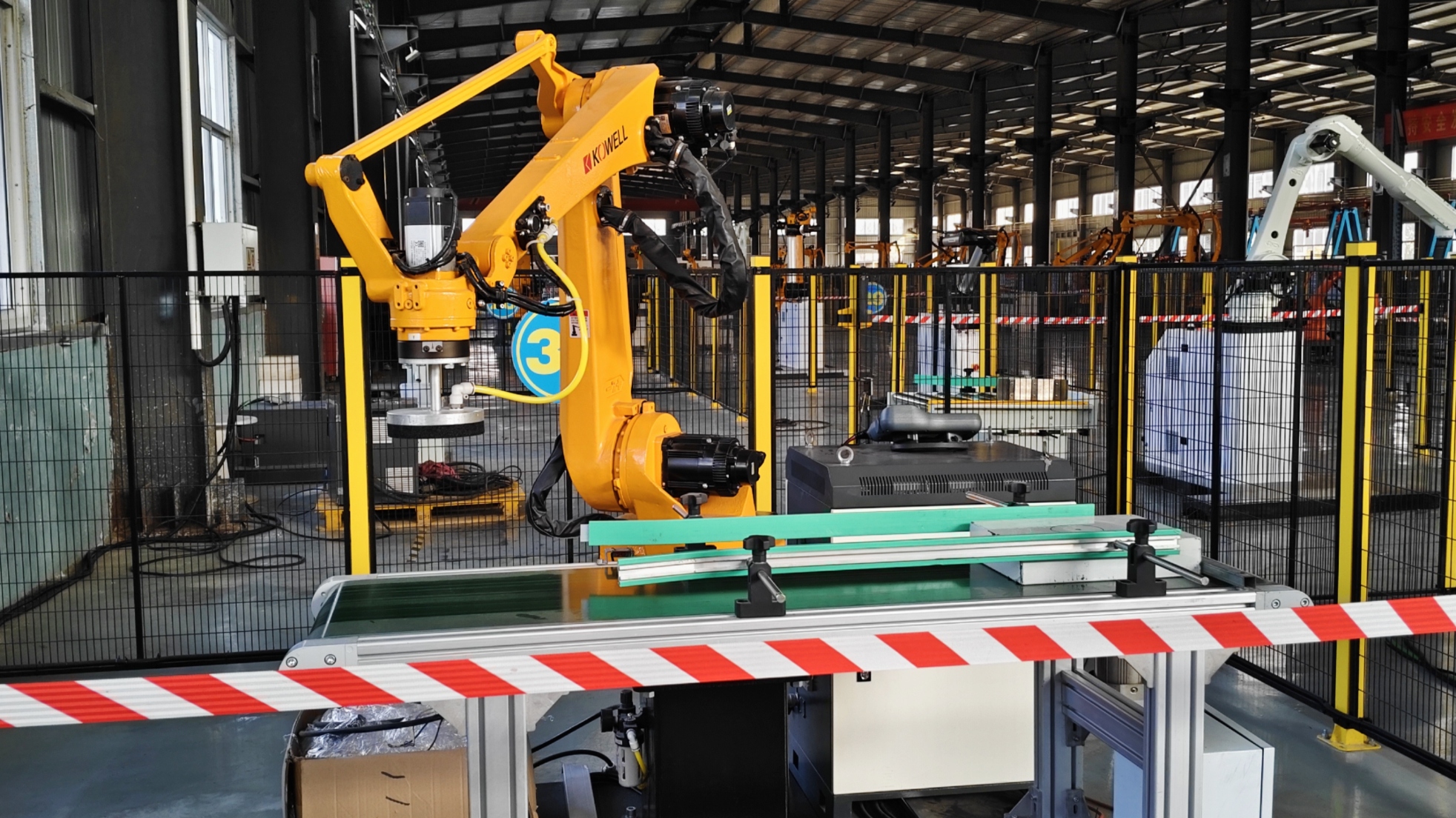As a hot star product in the era of Industry 4.0, industrial robots have become an indispensable core equipment in modern manufacturing. Based on the different requirements for robot flexibility in different industries, industrial robots can be divided into different types according to their degrees of freedom. Among them, four-axis robots and six-axis robots are common types, but there are certain differences in structure, function, and application scope. This article will explore the differences between the two types of industrial robots and their respective application scenarios, so that more companies can choose the industrial robots that suit them to build suitable production lines.
1. Basic structure and working principle of four-axis and six-axis industrial robots
The structure of a four-axis industrial robot is relatively simple and compact, which is more suitable for workplaces with small space requirements. It has four degrees of freedom and is usually composed of a rotating base, an extendable arm, a shoulder and elbow movement, and a replaceable and rotating end tool. The simple mechanical structure and low degree of freedom make it unable to complete tasks with high precision requirements. It is mainly used for rotation and displacement movements and is suitable for simple automation tasks.
The six-axis industrial robot has six joints, that is, six degrees of freedom, which is superior to the four-axis robot in terms of degrees of freedom. The six degrees of freedom make it more flexible and maneuverable, and correspondingly have a larger range of motion. Its structure includes base rotation, arm rotation, shoulder and elbow bending, and end tool rotation. The characteristics similar to human hand movement make it more accurate and suitable for fields that require high precision and high flexibility.
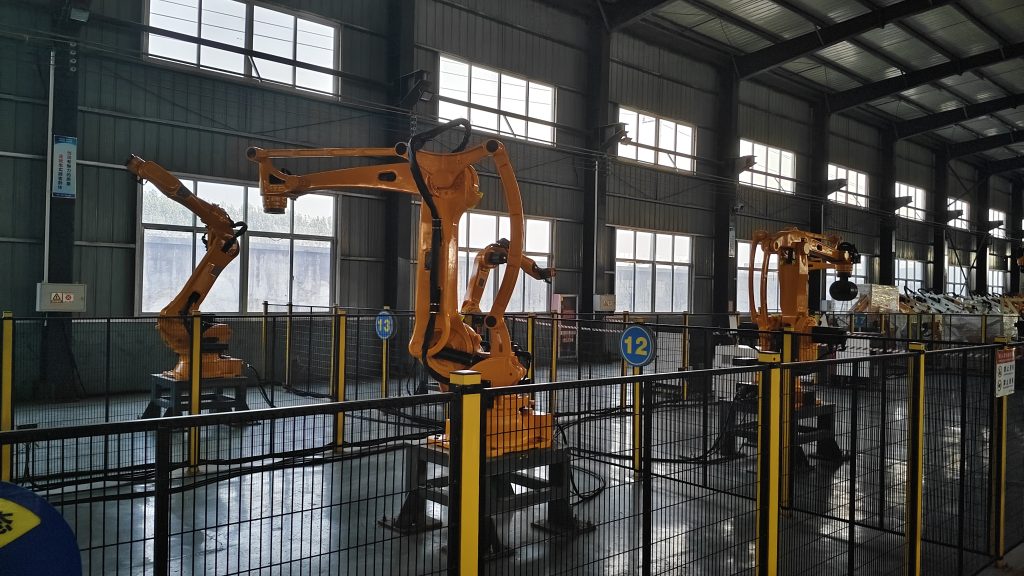
2. The difference between four-axis and six-axis industrial robots
1.Degrees of freedom and flexibility
Since four-axis robots have only four degrees of freedom, they usually lack the ability to move longitudinally and transversely and can only perform basic horizontal and vertical movements, which are suitable for simpler automation tasks, such as material handling, product palletizing, etc. Six-axis industrial robots have six degrees of freedom and can perform relatively complex movements in three-dimensional space. In short, four-axis industrial robots are suitable for simpler tasks, while six-axis robots are suitable for industries and fields with high requirements for precision and flexibility.
2.Range of motion and workspace
Six-axis industrial robots have a higher degree of freedom and a wider workspace than four-axis industrial robots, and can operate in a wider range. Although four-axis industrial robots have a smaller range of motion and are not as flexible as six-axis industrial robots, they are more advantageous for tasks that require high speed and high repeatability.
3.Application fields
The four-axis robot has a simple structure and low cost. It is suitable for industries with low flexibility requirements, such as material handling, packaging, and other fields. It is suitable for tasks with high repetitiveness and simple work content. It is suitable for work scenes such as logistics transportation and the end of the production line. It is an ideal choice for small and medium-sized enterprises to achieve automation transformation.
The strong flexibility and accuracy of the six-axis robot make it play an important role in complex industrial environments, such as some industries with high precision requirements, such as automobile manufacturing, electronic products, metal welding, etc.
4.Cost and maintenance
The four-axis industrial robot has a simple structure, low initial investment cost, and relatively low maintenance cost. It is suitable for enterprises with limited budgets and low task complexity, and is suitable for small and medium-sized enterprises to use it for automation transformation and upgrading. Correspondingly, the six-axis robot with greater flexibility and higher precision has a higher initial investment cost, but it is also an essential automation equipment for some production tasks that require high precision and high flexibility.
Summary
Four-axis and six-axis industrial robots have their own advantages and disadvantages. When choosing a suitable industrial robot, enterprises should make decisions based on their own needs, budget costs and working environment. If you do not focus on accuracy and the task is simple, a four-axis industrial robot is undoubtedly a good choice. If the accuracy requirements for the work task are high, then a six-axis industrial robot is a more ideal Russian solution. Based on the introduction of this article, I hope to give more business managers some advice and help, help enterprises better realize automated production, keep up with the pace of the Industrial 4.0 era, and start a new production method.
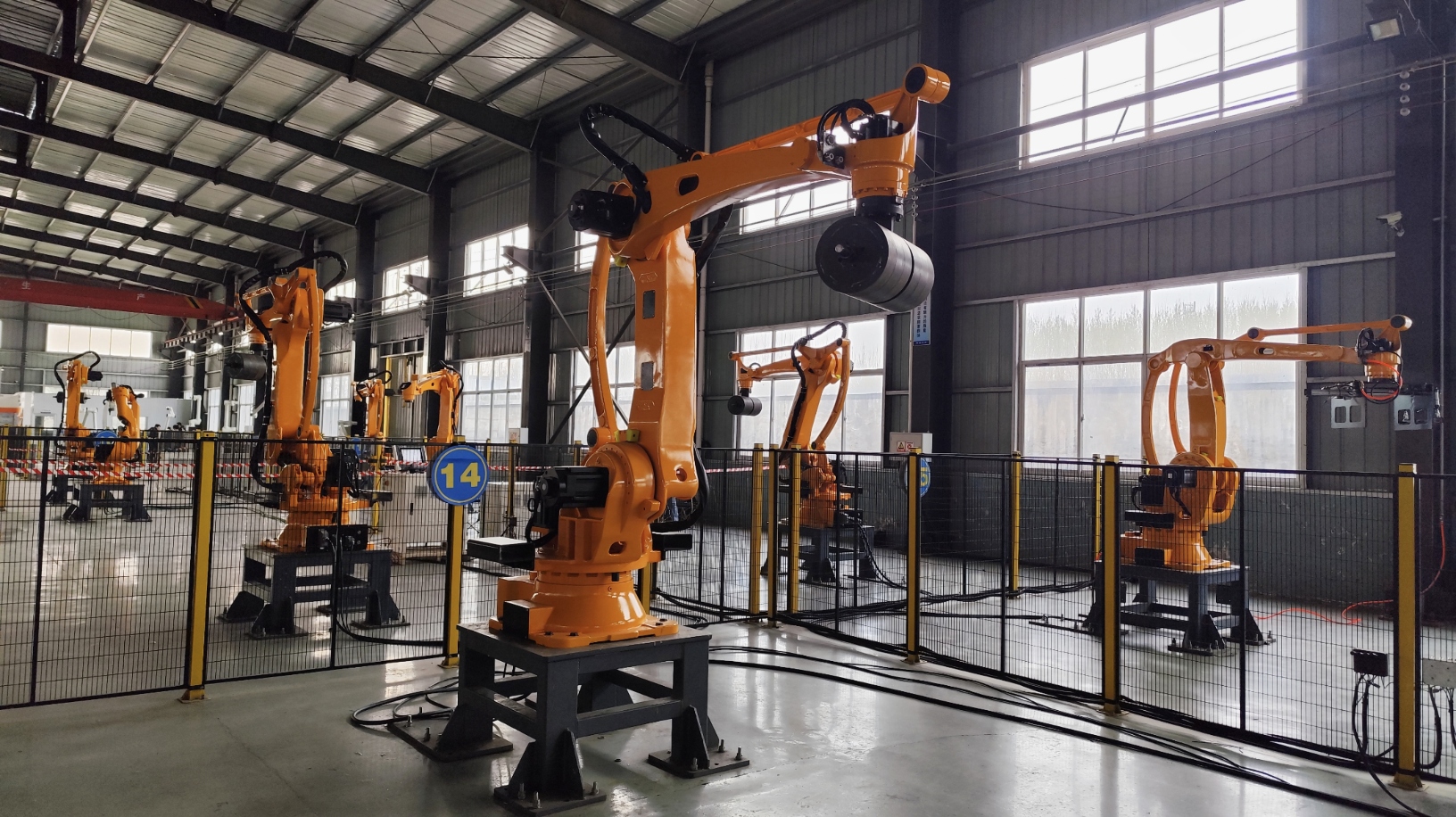
Online Consultation
Hello, the current customer service is offline. You can leave your contact information and the staff will respond to you as soon as possible!


